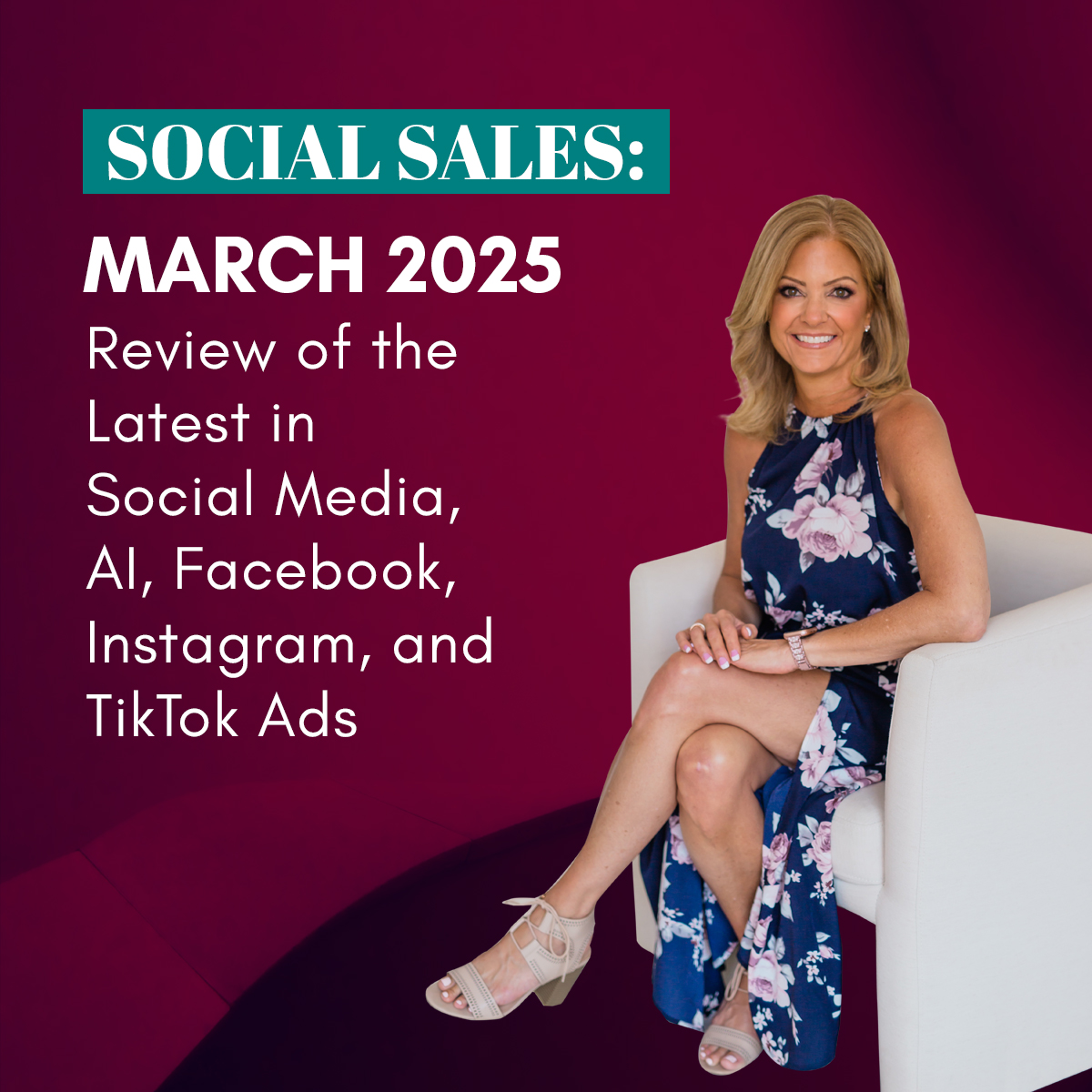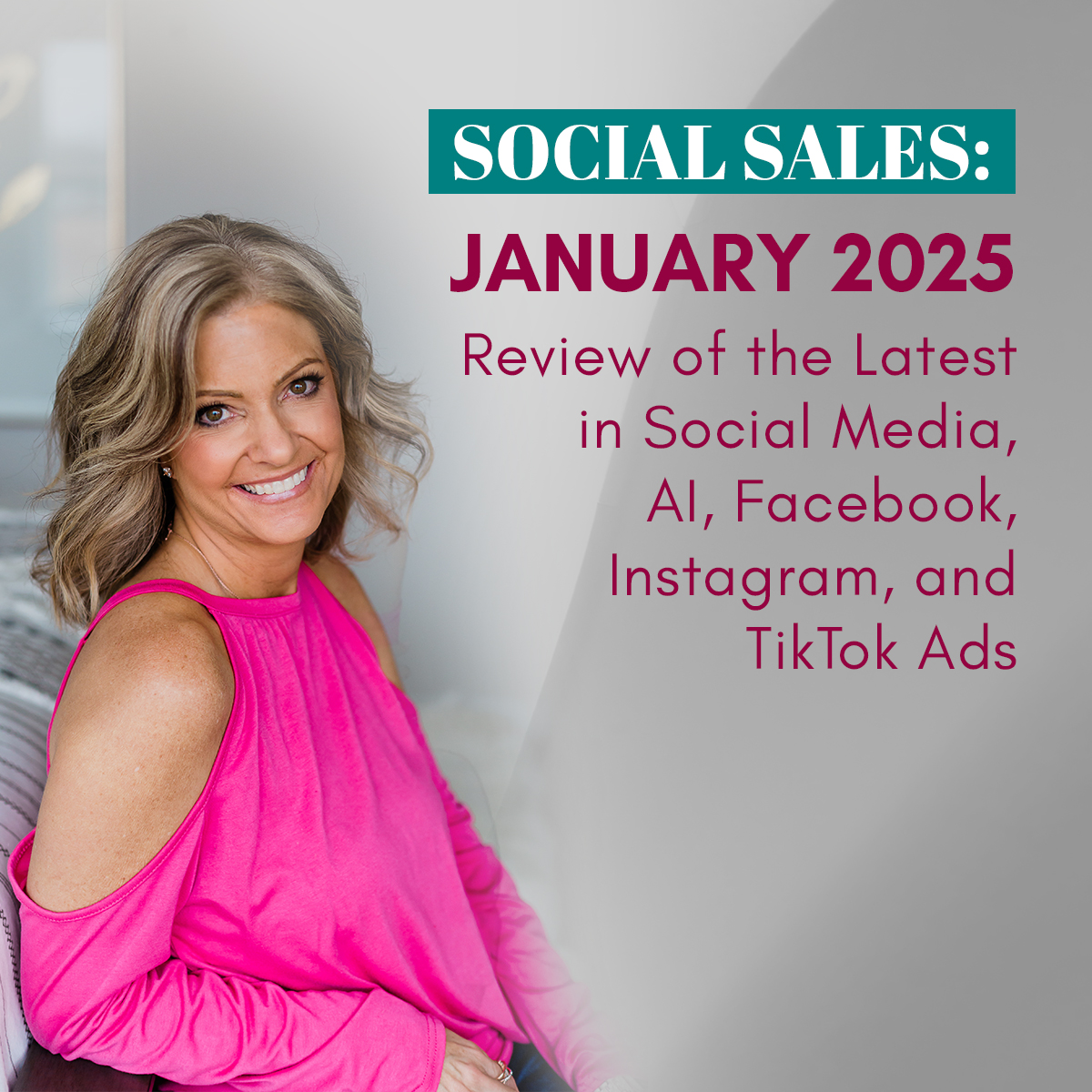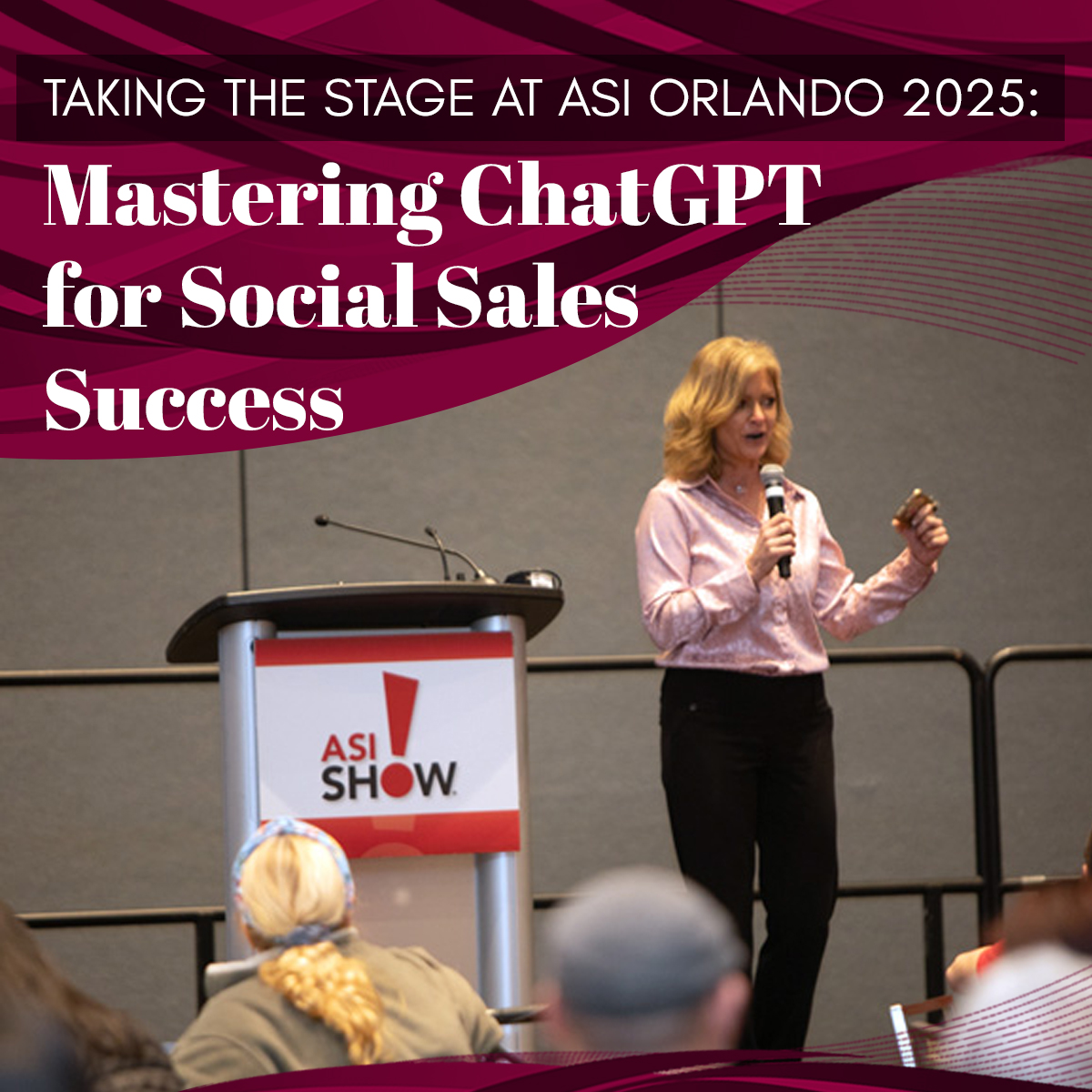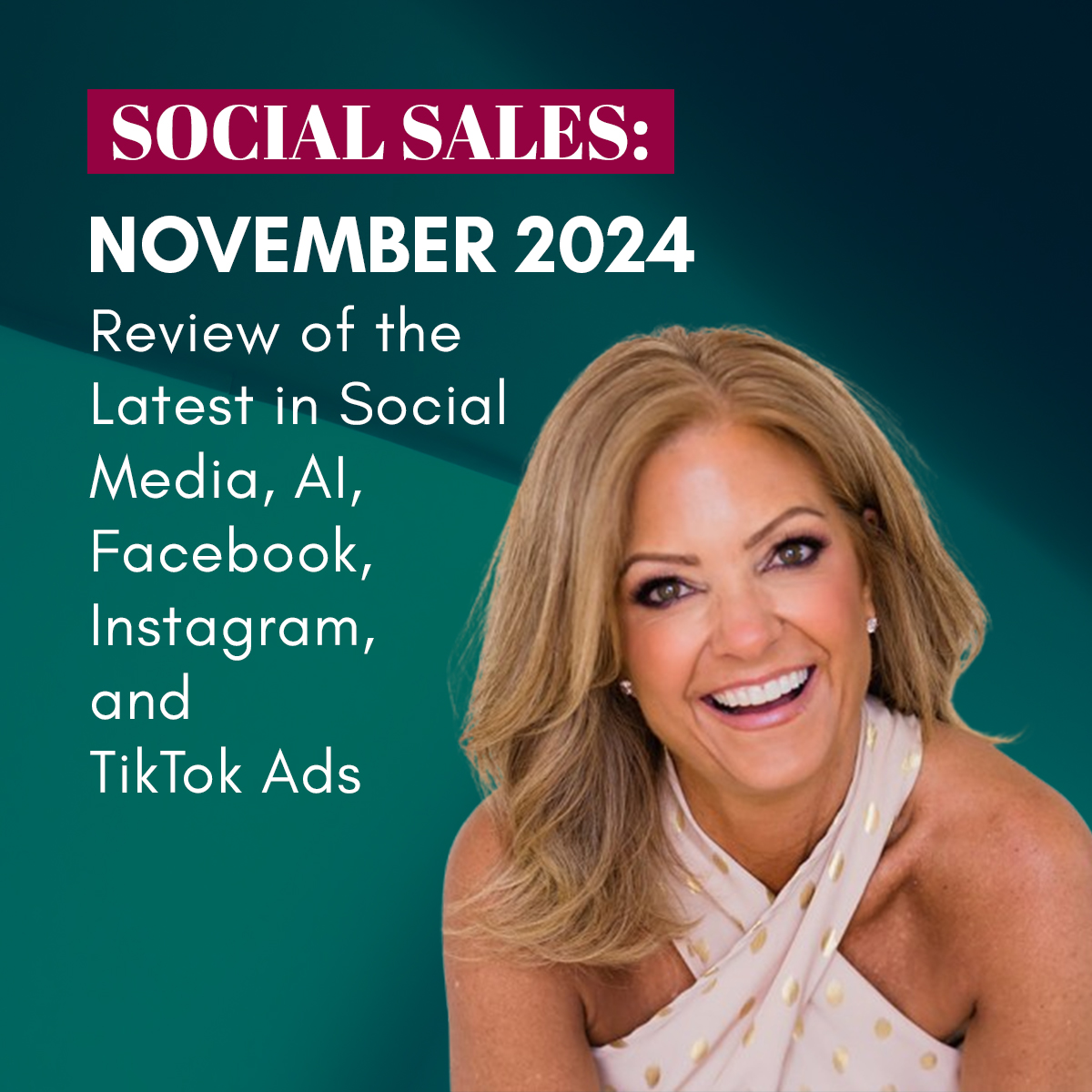I have always suggested to my clients and for myself to post all blog posts to Google+. Why? Many reasons, but #1 is it is owned by Google…of course. 😉 Below is a guest post by Mike Allton detailing how to format the posts you do on Google+. Excellent information here. Read it in detail and be sure to apply this to your posts! ~Janet
One of the major differences we’ve discussed in the past between Google+ and other social networks is the ability to format your posts. I’ve shared tips and techniques, and the renowned Peg Fitzpatrick recently ran through her style for creating the perfect Google+ post, and it’s right in line with how I share new blog posts.
But why does it matter?
Businesses and bloggers using content and social media should be working to achieve the following:
- Increase Readership and Traffic
- Increase Authority
- Correctly formatting your Google+ posts can help you achieve those goals, far better than posts to other social networks can. Just like starting your day off with a fresh cup of coffee to help wake and energize you, give your Google+ Posts some extra love and attention and start them off right.
How to Craft Google+ Posts
As Peg correctly states, there are a number of elements to the “perfect” Google+, including:
1. Title Your Post – Use a * around your first sentence of text to make it bold, and treat it like a blog post title. It can be the same as your blog post, or something different. I generally take a specific point from the post or a different perspective in order to spark discussion.
2. Introduce Your Post – After your title, provide some information as to what your post is about or what kind of discussion you’d like to start. You can handle this a number of ways, and can change it up depending on the nature of the specific post. Sometimes I will summarize the post, and other times I will discuss a different topic entirely and relate it to the blog post. Either way, make sure that you’re offering your Google+ followers a reason to get involved and read your post.
3. Ask Questions – Either within your commentary or at the end, make sure that you ask questions specifically designed to spark conversation. People on Google+ want to talk to you and other people. Encourage that!
4. Include an Image – Every one of your blog posts includes an image, right? RIGHT? This is just one of the many reasons why it should – so that your social shares can also include images. In the case of Google+, you can choose whether or not you share your link and have your image included in the link preview, or share the image as an image and include a link to your post within the commentary. There are pro’s and con’s to each method, as a larger image can increase the visibility of your post, but risks fewer click-through’s since the image is not linked to your blog post. If you’re taking the time to find or create great images, I’d recommend sharing them as full images.
5. Mention Influencers – When appropriate, make sure that you mention key influencers in your post. When sharing this article, for instance, I’ll mention Peg in the commentary which will draw her attention to the post and acknowledge her contribution to the content of the piece. This serves as a public thanks for her input, as well as provides an opportunity for her to leave a comment or some other social signal, helping me. But note that I have a perfect and legitimate reason for mentioning Peg. Don’t mention other people for your own purposes – use it to thank, reference or acknowledge others and watch what happens.
6. Include 2 – 3 Hashtags – Always make sure you tag your posts with (no more than) 2 – 3 hashtags that will tie your post to other related posts and discussions.
7. Share to your Blog Notification Circle – Huh? What’s that?? Well, Google+ allows you to share posts to Circles of other people that you’ve put together, and you can choose to send a notification to those people when you publish your post. However, this is NOT a technique that you should use with just any circle you want. You must set up a Blog Notification circle where you specifically ask people if they want to be notified of your new posts, and you only add them to that circle if they respond that they do. It’s essentially an Opt-In list. If you take the time and care to compile and nurture such a circle, each of your new blog posts and subsequent Google+ posts will be set up to immediately ping dozens and dozens of people, getting a great start on your +1’s and other social signals. Here’s the more detailed instructions I wrote up on this technique.
8. Respond to Comments – Once you’ve shared your post, make sure that you take the time to respond to people who take the time to comment and engage you. Show your appreciation, answer questions, and demonstrate your expertise. Each comment also serves to further increase the level of activity and engagement on your post, generating more +1’s and interest and virality. If you want your posts to get on What’s Hot, don’t neglect this step!
BONUS: Include a Pin It Link – Peg and others have correctly noted the great synergy that can come from having a strong Pinterest presence alongside Google+. Both platforms support sharing great images, and you should already be sharing your latest blog posts to your Pinterest boards. Make it easy for your Google+ followers to curate your blog post onto one of their own Pinterest boards by providing a link.
I recommend that you share your Google+ post with ONLY your blog post link at first, and then edit it to include the link to your Pinterest pin (or any other links you wish to add). One of the benefits of sharing a blog post to Google+ is that when someone +1’s your Google+ post, they’re also +1’ing your blog post itself, as far as Google is concerned. That +1 is passed to the blog post (or webpage or whatever link you shared). However, when there is more than one link within a Google+ post, no +1’s are passed as Google would have no way to determine which of the links deserved the +1. However, if you edit a post and add more links after the fact, Google knows which link is the original link and +1’s will be passed accordingly. (h/t to Alicia Feliz and others for researching this aspect of +1’s.)
How do Formatted Google+ Posts Increase Engagement?
So now that you know how to craft that perfectly formatted Google+ post, let’s dive into the benefits.
First, these posts stand out in the stream. Anyone can share a link. A post that has a nice, large image and a bold title draws more attention to itself.
Second, the commentary or introduction gets people thinking and talking and sharing. If you ask a compelling question, I won’t be able to stop myself from answering it! The masters at Google+ get this and are regularly creating really interesting posts and asking great questions.
Third, when you’re able to bring influencers into the conversation, this does two things for you:
You gain reputation from your perceived association with that influencer in the eyes of other readers.
You potentially gain exposure from influencer +1’s and Shares (don’t forget that +1’d posts can appear in streams just like shares!).
Fourth, when you include hashtags, as I mentioned, you link your post to other posts and discussions that have taken place, are taking place, or will take place in the future. It allows your post to have a far greater reach and audience than just your own follower base. Just like getting into What’s Hot, it gives you an opportunity to engage new people who have never talked to you or seen your posts before.
Fifth, sharing to Circles, particularly a Blog Notification Circle, is a brilliant way to start the discussion with your interested followers, and that’s an option that just doesn’t exist on other platforms. People can follow you on Facebook or Twitter or LinkedIn and even put you into lists, but it’s a lot easier to get someone to agree to be in your Notification Circle than to encourage them to put you into their Close Friends list on Facebook, right?
And finally, the simple nature of Google+ is that it is far more conducive to discussions and conversations than other platforms, even Facebook. That’s not to say that discussions don’t happen on other networks – it’s just easier and expected on Google+. Give your followers the slightest reason to comment or discuss a point and watch as your Google+ post receives exponentially higher interest than comparable posts on Facebook or LinkedIn.
Is that all there is to it?
Um, no. There’s definitely more to it than that. These are simply the techniques and methods you can use to generate interest based on a blog post. It still requires that you blog regularly, offer excellent information and insights, and work to develop strong relationships on Google+ and other social networks with your followers and influencers.
And I’ll be the first to admit that’s not easy.
It’s hard work creating not just content, but great content, the kind of content that other people are interested in reading and discussing and sharing. It also takes time and patience. If you’re just getting started on blogging and Google+, hang in there! Subscribe to my newsletter to make sure you catch future articles on content marketing and social media.
If you’d like more one-on-one training and mentoring in blogging, or if you need someone to help with the actual writing and promoting, please get in touch with me. We can schedule a Google+ Hangout to discuss your unique needs and see if Blog Coaching or Writing or Social Media Management would be a good fit for you and your business.
If you have any questions at all about how or why to format Google+ posts, please leave them in the Comments below. Thanks!
Mike is a Social Media Consultant in St. Louis, Missouri. He has been working with websites and the Internet since the early ’90’s. He is active on all of the major social networks and enjoys writing and teaching small business owners on how to leverage the Internet to promote and grow their business. Mike provides training and seminars to businesses in the Greater St. Louis area, as well as nationwide, on topics like “Creating a Company Culture of Content Marketing” or “Social Media Marketing for Small Businesses.”
To schedule a consultation or to book Mike for a workshop or seminar, please complete the online contact form.







